Three Arrows - Founders Edition
Outwit, bluff, chance and conquer!
Only 200 copies available 90 copies left!
Normally $60.00
Your name, alias, and/or company name (and link to website) will be added to the Hall of Fame page on this website.
You gain lifetime entry to the Three Arrows yearly online championship tournament.
You receive a special verified Founders Badge in the online version of the game.
You receive the physical Founders Edition (200 copies, limited edition) board game with the following components:
Game details:
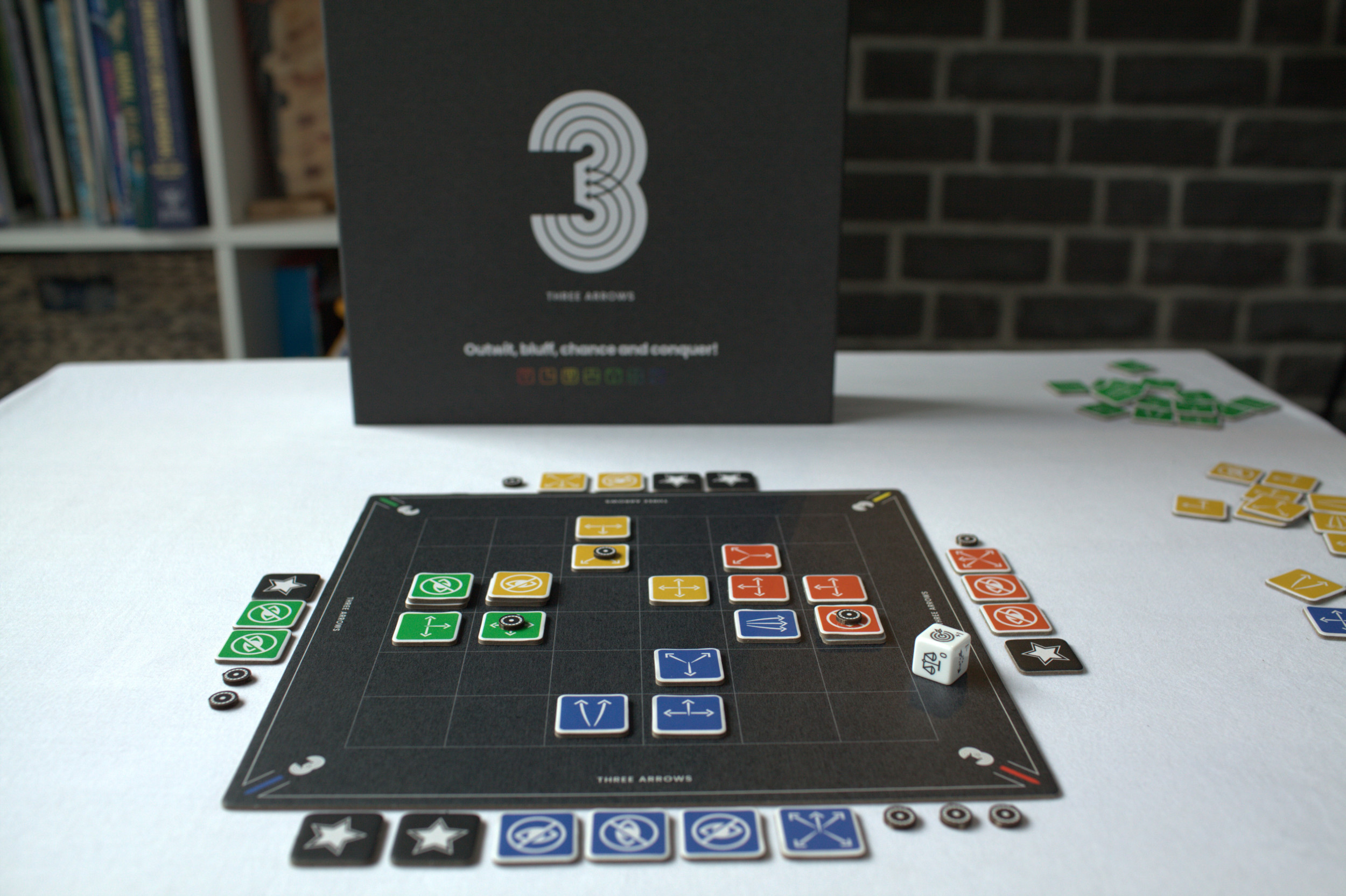
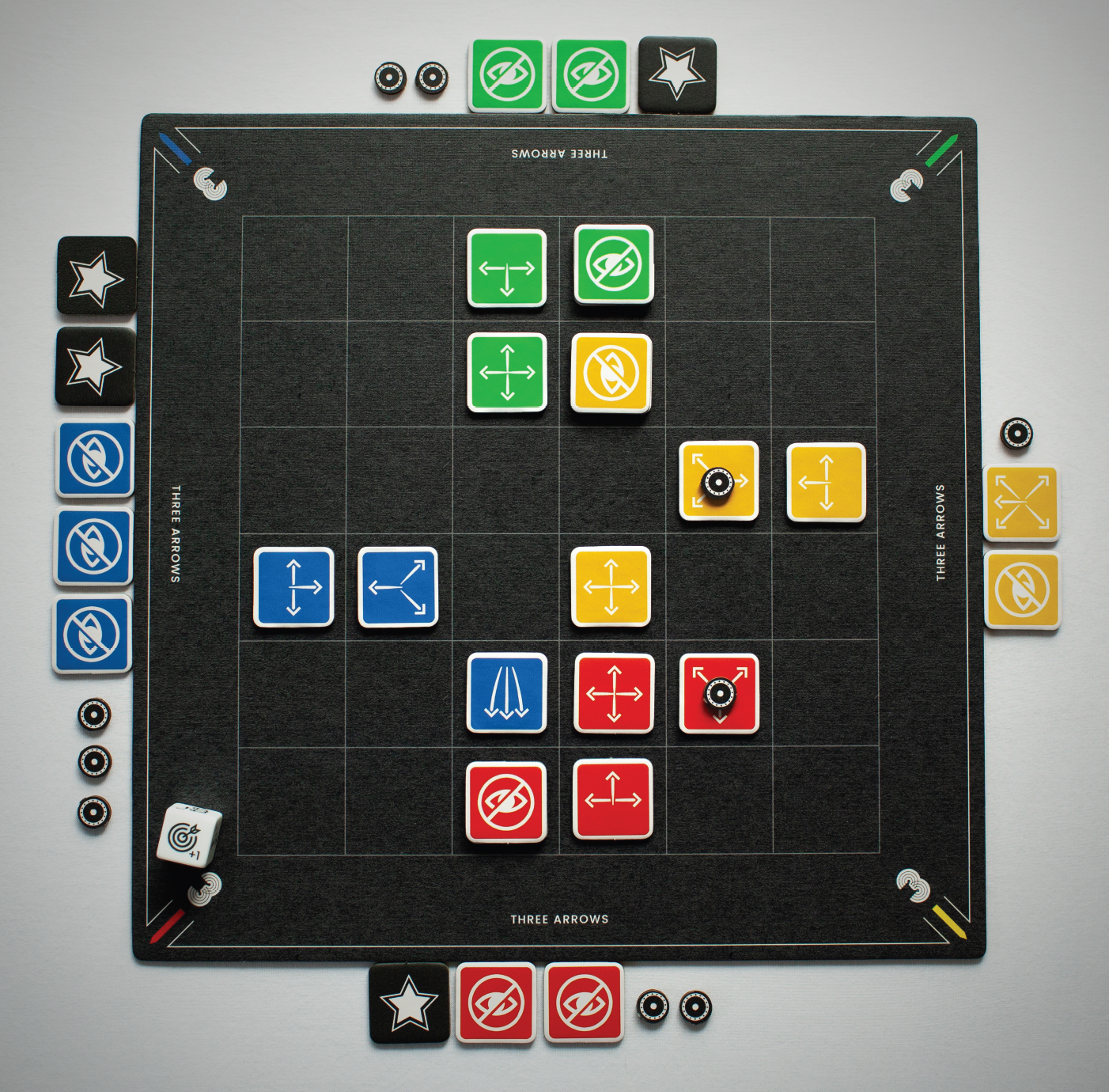
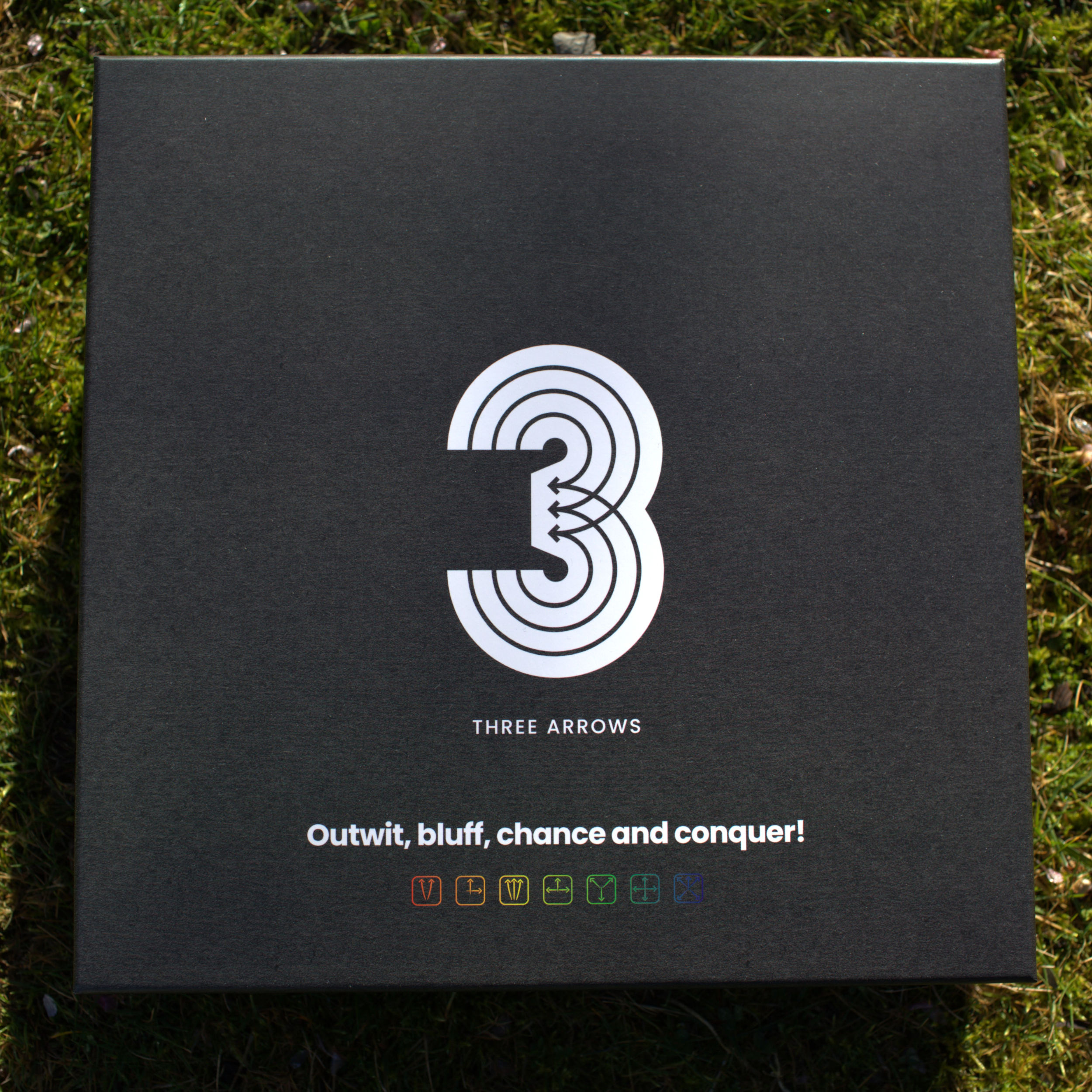
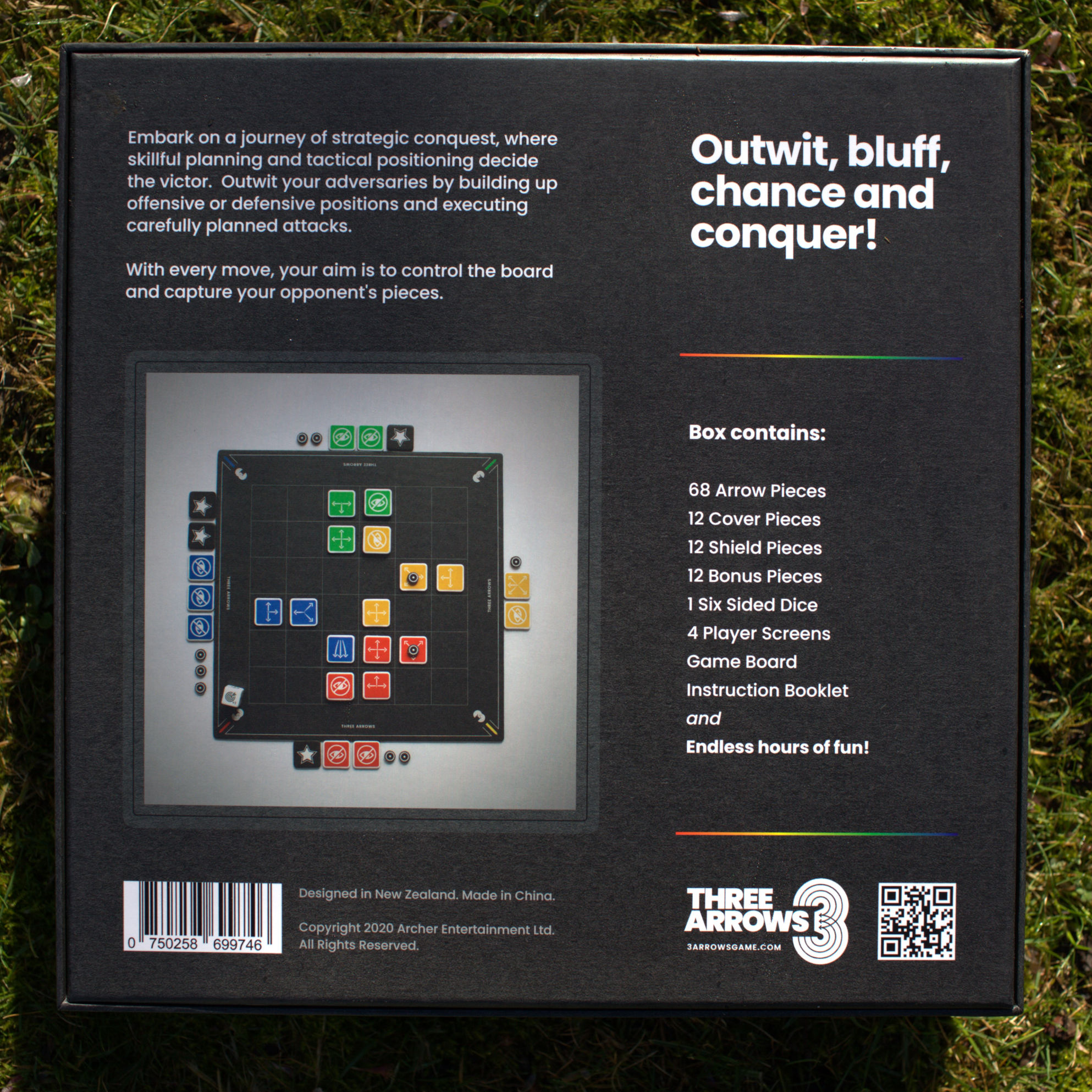
Three Arrows has an easy to learn, intuitive set of rules and a diverse set of underlying strategies and gameplay. The object of the game is to capture as many of your opponent's pieces as possible.
Embark on a journey of strategic conquest, where skillful planning and tactical positioning decide the victor. Outwit your adversaries by building up offensive or defensive positions and executing carefully planned attacks. With every move, your aim is to control the board and capture your opponent's piece
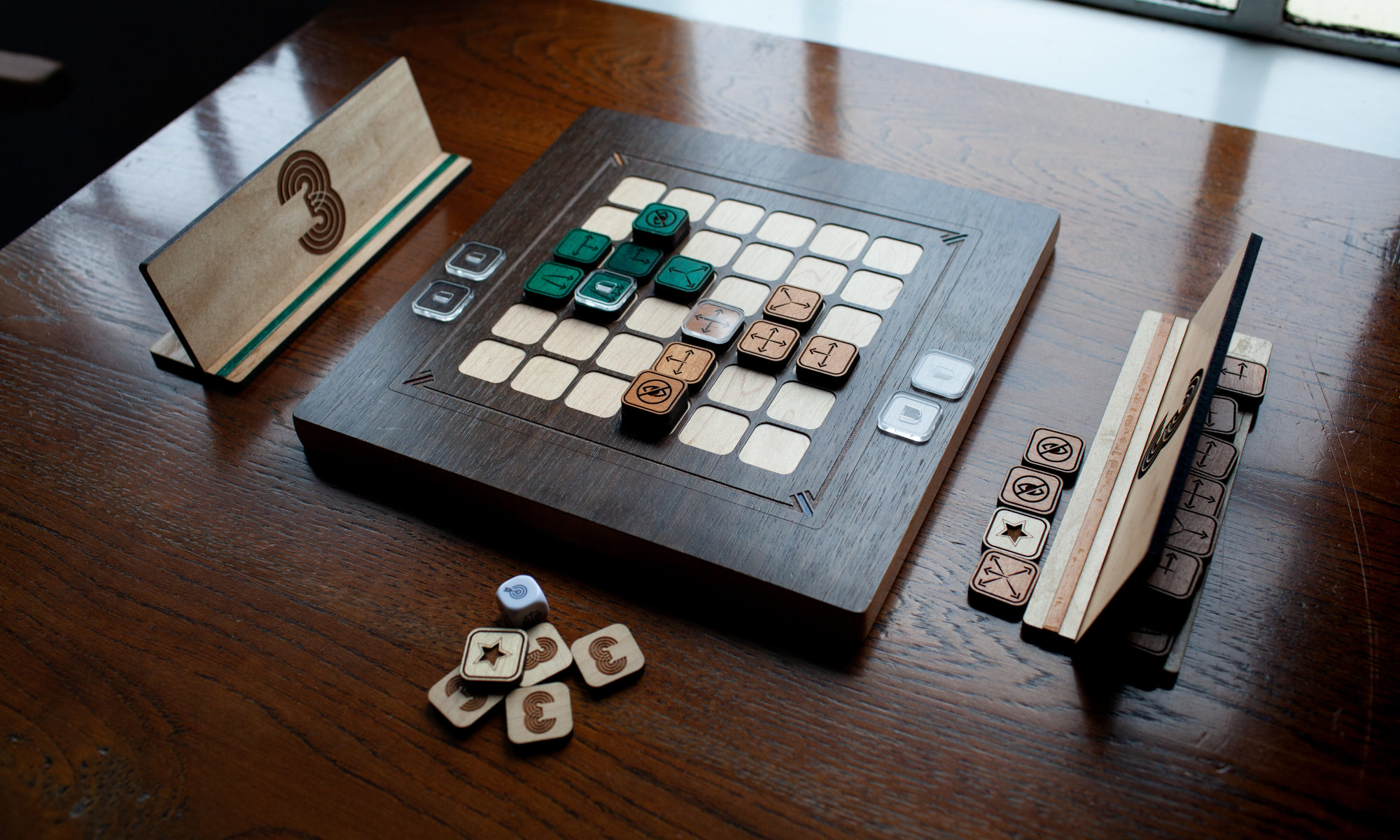
In various cultures and mythologies, the number 3 has held a profound significance. It represents balance and wholeness, often manifesting in the form of trinities such as mind, body, and spirit; or heaven, earth, and the underworld.
This mystical triad has been woven into the fabric of countless legends, stories, and religious beliefs. It is no surprise, then, that the number 3 frequently appears as a crucial element in both ancient and modern narratives, symbolizing the interconnectedness of different aspects of life, the cosmos, and human consciousness.
I purchased a rough description of the game from an elderly stallholder at a small local village market in Guatemala, Central America, while travelling there back in 2006 - it was written in Spanish on some worn paper and had apparently been derived from what was found within the ancient ruined city of Tikal. According to the stall holder, Bembe (I only remember his first name), Maya glyphs were found etched onto a stone wall, within a hidden chamber of a pyramid near the overgrown heart of the ruins during an archaeological dig way back in 1975.
Included were some sketches drawn from what was found within the chamber. There was no name given for the game, so I derived a name for it from the glyph for the number 3 that was used consistently across the walls of the chamber along with a strangely contemporary symbol that looks astonishingly like the number 3 with lines coming together at 3 arrow tips that was also sketched onto the paper.
The document Bembe gave me described the game as originating from a species of ‘ancient astronauts’ who used it as a way to test their skills of strategic thinking and also cultivate psychic abilities, such as the ability to ‘know’ what was underneath the hidden pieces on the board or subtly control movement of the dice for a more favourable result.
Bembe told me the game was taught to a select few of the Mayan people whom the ancient astronauts considered as having a ‘fluid mind’ that could see through the mundane and into the hidden dimensions beyond. He believed that these humans would develop the physic abilities to truly master the game.
I’m sure it was just a sales pitch, but there was a twinkle in his eyes when he grinned at me and said perhaps I was one of these select few who would eventually master the game. Maybe one day.
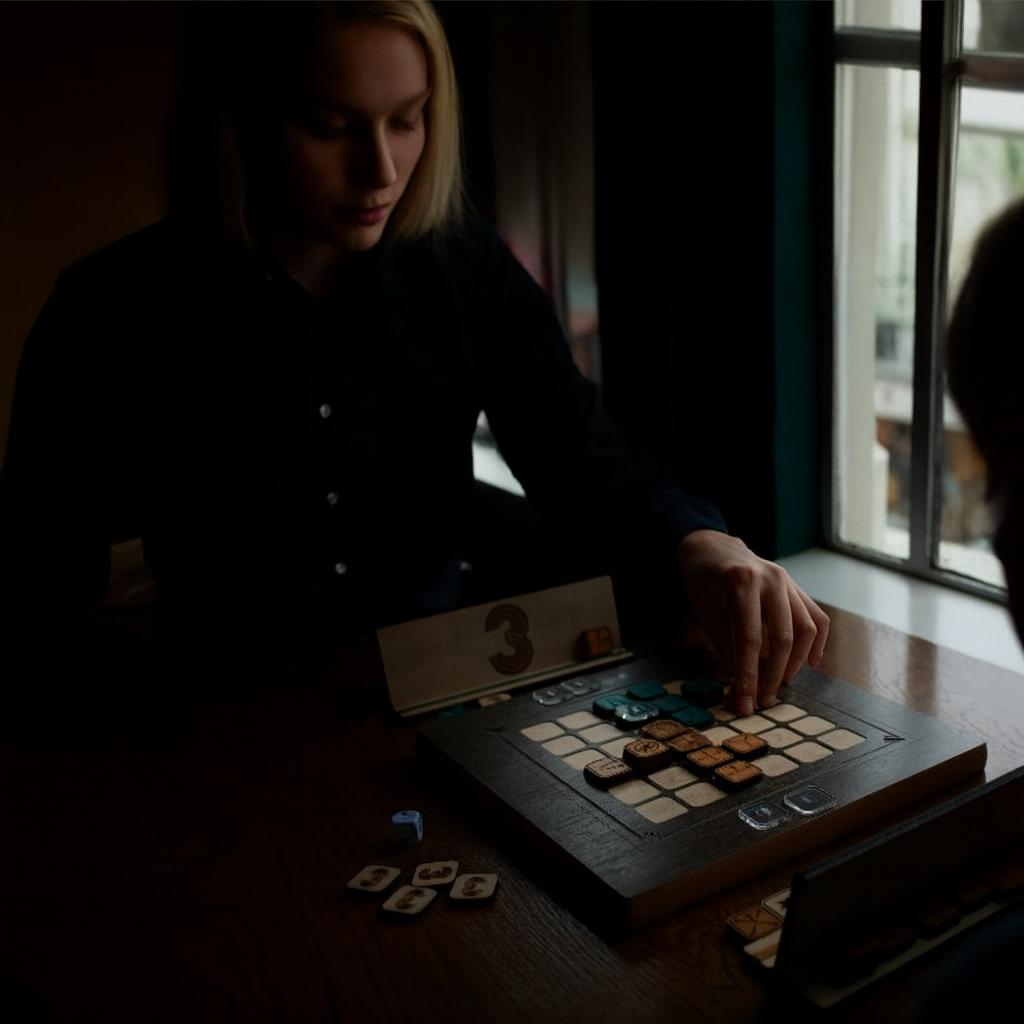
* Disclaimer: The game rules, logo, and all intellectual property (IP) mentioned in this text are the exclusive property of Archer Entertainment Ltd. Any unauthorized use, reproduction, or distribution of the game and its associated materials is strictly prohibited. The narrative shared above is for storytelling purposes only and does not represent the official stance of Archer Entertainment Ltd. regarding the origins, history, or abilities associated with the game. Archer Entertainment Ltd. is not responsible for any claims or beliefs related to the content of this story. Please enjoy the game and its lore responsibly.
Historians of conventional taste will tell you that nothing of note happened in 10,000 BC except the tail end of the Ice Age. They are wrong.
In the deepest Pacific currents, just off the coastline of what is now South America, a shadow fell across the seafloor. It was not a shadow from above, but from a shape emerging within the ocean itself—a vessel so perfectly adapted to the pressure and darkness that it seemed grown rather than built.
From this vessel emerged a small cadre of cephalopoid explorers, beings from a distant oceanic world known to themselves as Tha’ruun. Resilient, long-lived, and of a patient intelligence, they shared a quirk of evolution that humans never developed: the ability to tap the quantum substrate of reality.
This was no flashy magic. Their “influence” was subtle—nudging probabilities, sensing what was hidden, tilting the coin as it spun in mid-air—and it required years of disciplined mental training.
On Tha’ruun, they had developed a practice tool for this discipline. It was a game. A simple board, a few markers, and the roll of dice—at least, to the uninitiated. But to them, Three Arrows was a ritual of mental balance:
They played not to crush rivals but to grow each other’s skill. Winning meant you had practiced well. Losing meant you had more to learn. The highest honour was to teach an opponent so well they could defeat you.
When they arrived on Earth, they saw the turbulent, salt-rich oceans as home. The kelp forests swayed like those of Tha’ruun, and fish swam in familiar schools. They built small submerged sanctuaries, hidden from human eyes.
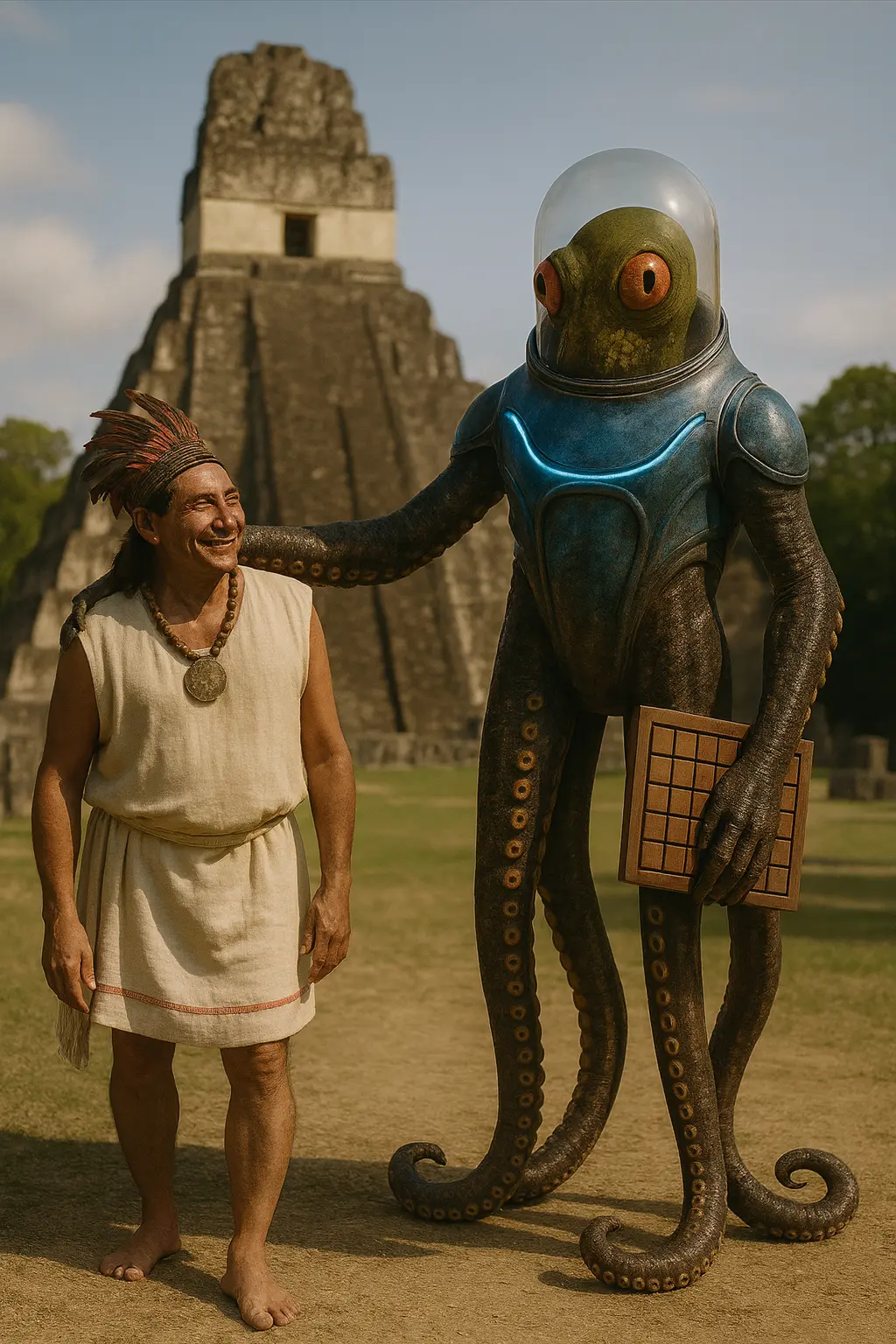
At first, they kept their distance. Humans were noisy, territorial primates—prone to zero-sum thinking. But over decades, the explorers began noticing exceptions: individuals with unusually fluid minds—artists, healers, dreamers—people who did not immediately reach for conquest.
To these chosen few, the cephalopoids revealed themselves in fleeting encounters: a glint in the shallows, a voice in the mind, the slow unfurling of a tentacle holding an unfamiliar game board. They taught them Three Arrows and shared fragments of their philosophy:
Over generations, the board game passed in secret, changed slightly with each retelling, losing pieces of its true form yet somehow keeping its heart.
Today, when you place your arrows, bluff an opponent, or weigh the risk of a dice roll, you are—whether you realise it or not—engaging in a discipline as old as deep time.
You are stepping into the same quiet current the Tha’ruun once swam:
And if, in a moment of impossible luck, your roll turns just so… perhaps you’ll feel the whisper of an ancient tentacled hand, steadying the dice.